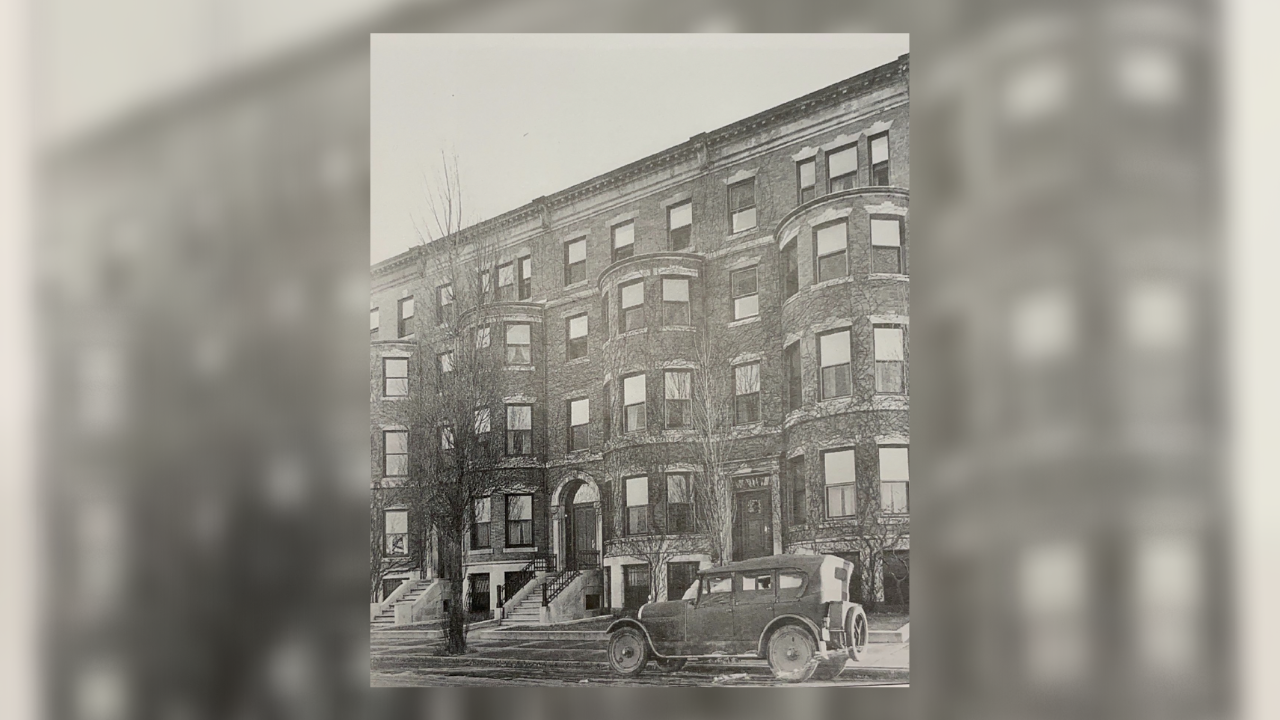A lot has changed over the years at Boston University. From new developments in technology and education, to renovations of campus buildings, the University is constantly evolving. And sometimes the only way to truly understand how far you’ve come is to reflect back on where you’ve been. To celebrate BU’s journey over the past century, here’s a peek at what BU looked like 100 years ago.
All great transformations start with great leadership. Daniel Marsh (STH’08, Hon.’53) was the president of Boston University from 1926–1951. Marsh built a new campus and incorporated Sargent College into the University, founded the School of Social Work, the School of Nursing, the School of Public Relations (now the College of Communication), and the General College (the inspiration for what is now the College of General Studies). Marsh was known to be optimistic—his positive mood marked a high point in the post World War l prosperity of the 1920s. Today, you can find BU’s Marsh Chapel, which was named after him, located at the center of campus by BU beach.

How did the mile-long strip of BU come to be? Well, the buildings weren’t always so close together. Boston University used to be spread out geographically, with its schools scattered throughout Boston. That changed in 1920 when Boston University purchased 15 acres between Commonwealth Avenue and the Charles River to unify the schools and colleges on what is now the Charles River Campus.

Currently, students can opt to live in dormitories on Bay State Road, home to the beautiful historic brownstones. In the 1920s, BU bought apartments at 332–336 Bay State Road. These brownstones housed women from out of town who came to study at BU. Now, the brownstones on Bay State Road include “speciality residences” which are houses that qualified students can choose to live in—for example, the Music House, Trustee Scholars House, Education House, and others.
In 1929, what is now known as Mugar Memorial Library was actually a cow pasture that students referred to as “Cottage Farm.” This is why the Boston University Bridge was first named the “Cottage Farm Bridge.”
As the University grew over the years, it used the Boston Arena to hold the class of 1927’s graduation. The Boston Arena was also used for ice hockey games and other large events. Now, that arena is known as Matthews Arena—the world’s oldest multi-purpose athletic building still in use. Today, Matthews Arena sits on the east end of Northeastern University’s campus.

In response to the need for an athletic field, the University purchased the 25-acre recreation field that is now known as Nickerson Field. The field was named after BU board of trustees member, William E. Nickerson, who donated the facilities for the field. Nickerson Field was once home to the Boston Braves baseball team, and was also the place where Babe Ruth signed his last professional contract. In 1930, the first Alumni Field Day was held at Nickerson Field (pictured above).

Believe it or not, BU Greek Life existed 100 years ago. In 1923, the Panhellenic Association of the eight sororities on campus rented a house at 131 Commonwealth Avenue for their meetings. In the same year, the Pan-Adelphic Council consisting of fraternity representatives, held meetings. Greek life still exists at Boston University today, with 10% of the student population involved.
In 1928, the General Alumni Association was established. Upon graduation, you are automatically enrolled in BU’s Alumni Association, which grants you access to many perks. As a BU alum, you will always be a part of the global Terrier community, which can help help you grow your career and build meaningful connections.
